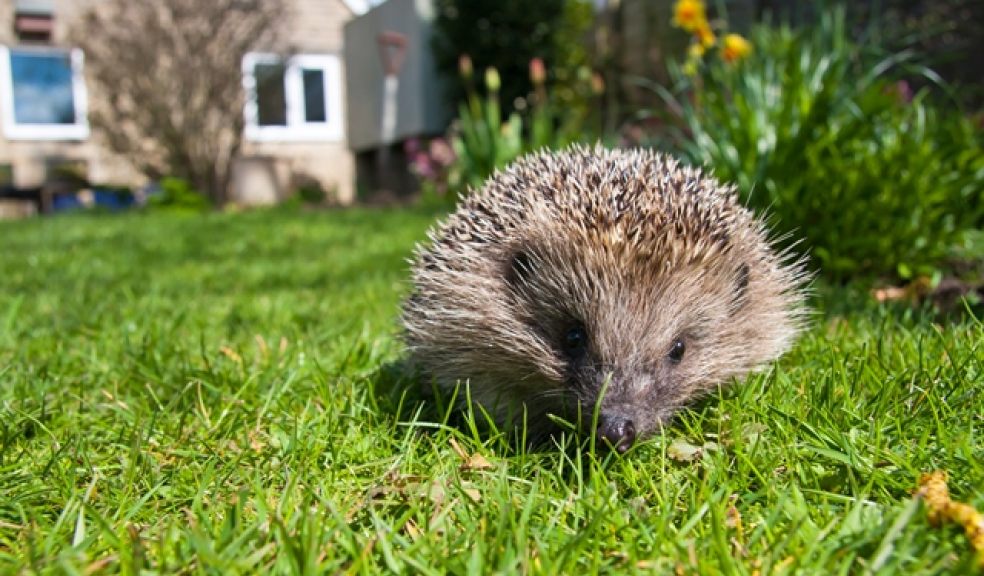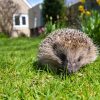
How you can help wildlife this summer
The weather is heating up and as we don our straw hats and paste on the sun cream, our garden friends may need a little helping hand to survive the sizzle.
Hot weather can place wildlife under stress. The yellow stems of dry grasses provide fewer calories to grazing animals. The heads of wildflowers go over the top more rapidly denying nectar-seeking insects a food source. Worms bury themselves deep in the soil, beyond the reach of birds. Oxygen levels in rivers and streams drop as their levels fall. These and many other side-effects of the sizzling weather can have a harmful impact on our wonderful wildlife.
Here, we give you a few simple practical steps which may make the difference between life and death for the animals that inhabit our gardens.
These tips and tricks are easy to do and in some cases give you an excuse to kick back, relax and let the garden grow!
1) Make available constant and fresh sources of water in your garden. Leave the water at different heights – off the ground in bird baths and in saucers at ground level – to cater for birds and small mammals. Keep water sources topped up throughout the day – evaporation will see them empty quickly. Do a final top up at dusk to provide water for nocturnal animals such as hedgehogs.
2) Leave out windfall or over-ripe fruit. The high energy and water content of apples and soft fruits will prove very popular will garden birds, mammals and insects.
3) Let your grass grow. Frequent cutting will increase evaporation rates from grass stems. Leaving it long will provide higher calorific content for grazing animals to munch on and offer a place in the shade for mini-beasts.
4) Falling water levels in ponds are not necessarily a concern. But dried out ponds can have an impact on aquatic wildlife ranging from dragonfly larvae through to frogs. You can top up your pond, but only use rainwater and not tap-water.
5) Leave trimming hedges for a few more weeks. Garden hedges, shrubs and untidy corners are great hiding places for garden birds and insects. A hedge’s dense foliage will offer deep green shade from the powerful sun and give protection from predators.
6) Finally, plan ahead by planting some drought-tolerant species of plants such as rosemary, thyme, sage and lavender. The long blooming and nectar-rich flowers of these plants will attract bumblebees, moths and butterflies in coming years.
With all these wonderful wildlife friendly features, your garden will be a great place for animals to live and provide great wildlife watching from your doorstep!













